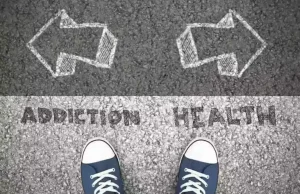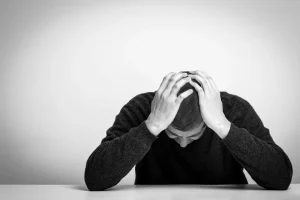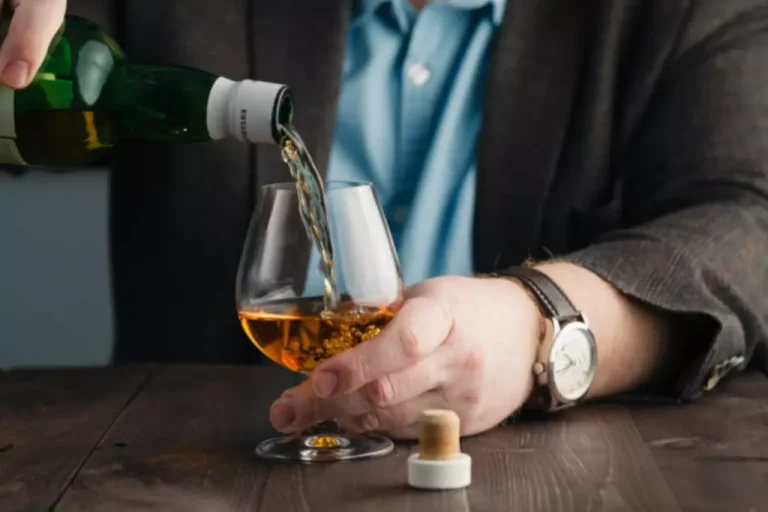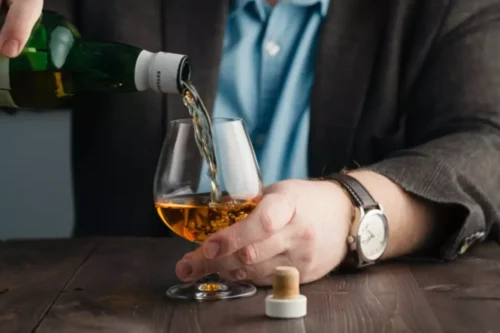
Other strategies focus on enhancing natural dopamine production through lifestyle changes, including exercise, nutrition, and stress management techniques. There are also notable differences in dopamine response between casual drinkers and heavy drinkers. In casual or light drinkers, alcohol consumption typically results in a predictable increase in dopamine release, contributing to the pleasurable effects of drinking. However, in heavy drinkers or individuals with alcohol use disorders, the dopamine system can become dysregulated. Another atypical antipsychotic drug, quetiapine, has been evaluated in a case study 160 and an open‐label study 161 in patients with alcohol dependence and comorbid psychiatric diagnosis.

Protracted abstinence from chronic drinking results in minimal transcriptional perturbation in the VTA
A series of human imaging studies over the last decade have demonstrated that alcohol 93, 94 as well as other drugs of abuse 95 increase striatal dopamine release. This is further corroborated by the findings that self‐reported behavioural measures of stimulation, euphoria or drug wanting by alcohol correlates with the magnitude and rate of ventral striatum dopamine release 96–98, 94, 99, 100. These studies clearly substantiated the involvement of dopamine in the reinforcing effects of alcohol and closely mimicked the findings of the preclinical studies. Prior work as well as the results presented up to this point have examined the effect of exogenous activation of the kappa opioid receptor system on dopamine release dynamics in the NAc. Here, we sought to stimulate the release of endogenous ligands of the kappa opioid receptor and infer the effects of kappa opioid receptor activation by examining dopamine release before and after application of a kappa opioid receptor antagonist.
Hyperactive Dopamine Response to Alcohol: Explained

This release encourages us to repeat behaviors that led to the reward, which is essential for survival-related activities like eating and reproduction. However, this same mechanism can also contribute to the development of addictive behaviors. Other research indicates that some people tend to have a higher release of and response to dopamine than others. In heroin addiction addition, those individuals may be predisposed to drink more heavily and develop an alcohol addiction. As a result, people with an alcohol addiction may consume even more alcohol in an unconscious effort to boost their dopamine levels and get that spark back. I focused on addiction to drugs and on anhedonia, the inability to feel pleasure, while Lembke expands the model to behavioral addictions, offering practical treatment applications.
Links to NCBI Databases

Therefore, mechanisms regulating alcohol reinforcement might be different in selectively breed high alcohol‐consuming rats compared to outbreed rats, and this should be investigated in more detail. It should also be mentioned that infusion of the dopamine D1‐like agonist SKF into NAc https://ecosoberhouse.com/ had no effect on alcohol self‐administration in rats 141. Albeit the data are somewhat contradictory, it might be hypothesized that accumbal as well as ventral tegmental dopamine D2 receptors may regulate alcohol reinforcement in rodents.
- To achieve the same effect, however, this administration route requires higher alcohol doses than does alcohol injection directly into the blood.
- When NEM was present, there was no change in dopamine release with the application of U50,488, suggesting that the G protein pathway is necessary for the effect, but there was a near significant decrease in dopamine release in the presence of CMPD101 (Fig. S7C).
- Withdrawal symptoms occur because the brain adapts to chronic dopamine overproduction and struggles to function without the drug.
- So, the alcohol builds up quite quickly,” explains addiction psychiatrist Akhil Anand, MD.
- GABA as a neurotransmitter has been long known to be affected by alcohol consumption.
- Pam Cho, MS, CNS, is an integrative clinical nutritionist with functional medicine company, Designs for Health.
- You may have already heard of “dopamine dressing” or “dopamine decor,” but allow us to introduce you to “dopamine drinks” — the latest neurotransmitter it-girl.
She is concerned that by creating hard-to-resist AI-driven individualized stimuli, AI will have even greater potential to target the alcohol and dopamine person and their weaknesses and trigger addictive behaviors. Rather than asking you to stop doing everything that might stimulate dopamine in your brain, dopamine fasting is about limiting or completely refraining from impulsive and problematic behaviors. In a retrospective study of 151 schizophrenic patients with alcohol dependence, 36 patients received the atypical antipsychotic medication clozapine. At the 6‐month follow‐up, 79% of the patients on clozapine were in remission from a diagnosis of alcohol dependence, while approximately 33% of those not taking clozapine were in remission 148. If you or someone you love is struggling with alcohol dependence, we’re here to help.
Alcohol consumption constrains dynamic range of accumbal dopamine release and augments reuptake rate
Chronic alcohol use can lead to significant changes in the brain’s dopamine system. Over time, the brain may produce less dopamine naturally or become less sensitive to its effects. This adaptation is the brain’s attempt to maintain balance in the face of frequent alcohol-induced dopamine surges. Your brain’s dopamine dance might be calling the shots, but sobriety promises a biochemical ballet of recovery and renewal.
- These observations indicate that alcohol stimulates the activity of endogenous opioid peptides, leading indirectly to the activation of dopaminergic neurons.
- Currently, due to the knowledge of the addictive potential of dopamine agonists, combined with the lack of consistent findings from clinical studies, it is suggested that dopamine receptor agonists do not hold promise as a treatment for alcohol dependence.
- We experience feelings of happiness as a result of this dopamine spike, and we revel in the feeling of exhilaration, the laughter, and the apparent ease of stress and anxiety.